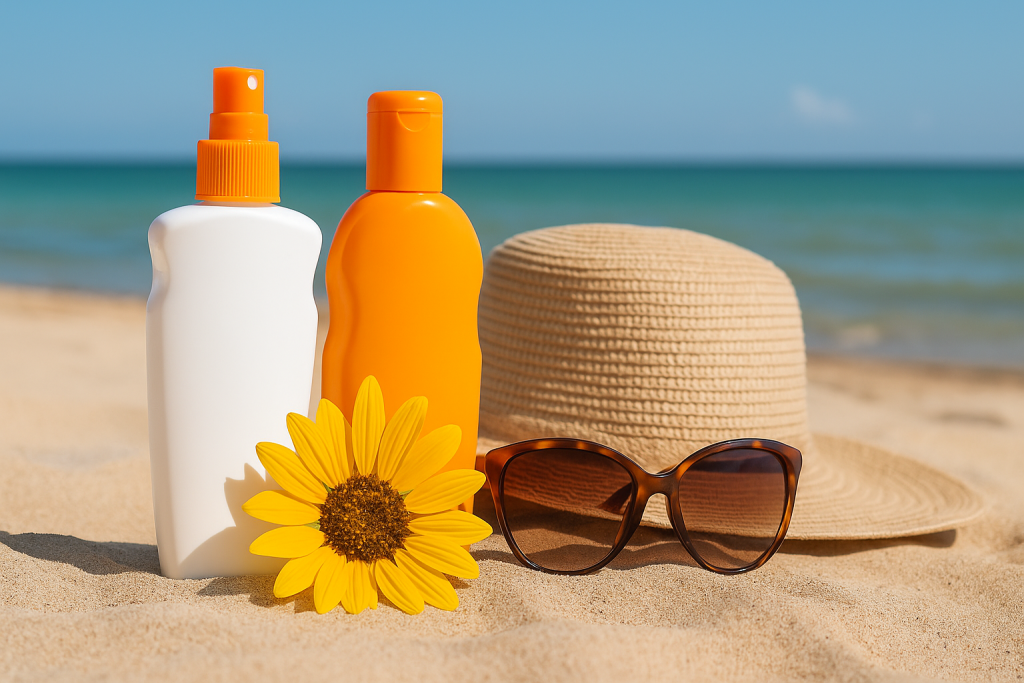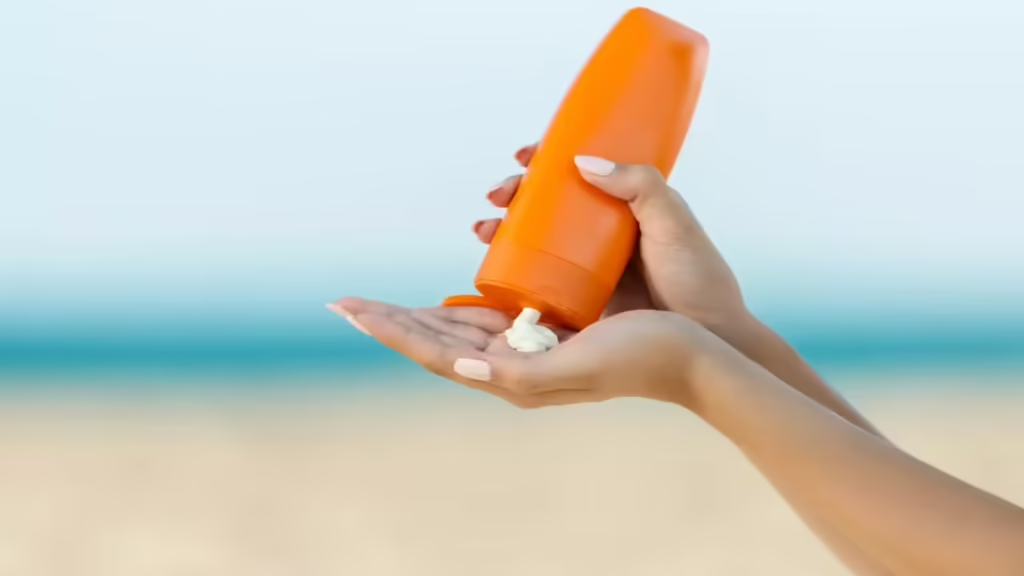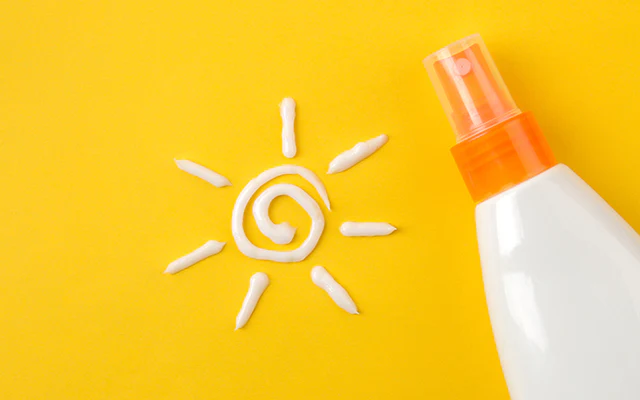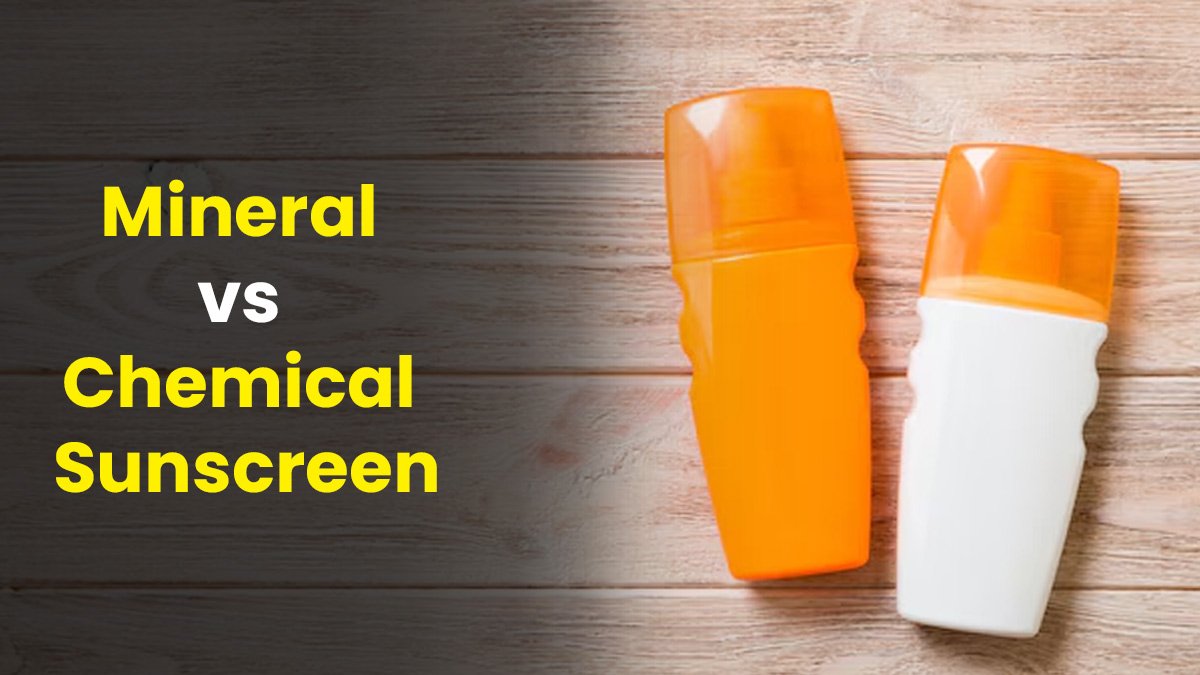Best Sunscreen for Summer: Mineral vs Chemical Sunscreen Comparison
Choosing the right sunscreen often comes down to the debate of mineral vs chemical sunscreen. Protecting your skin from strong UV rays and heat damage during summer requires understanding which formula works best. With many people switching from chemical sunscreens to mineral alternatives, the mineral vs chemical sunscreen discussion has intensified. Knowing the differences between these formulas will help you decide which offers the best protection for your skin type and lifestyle.

Mineral sunscreen is gaining popularity, as some believe that chemical sunscreens may be harmful to the body or marine life. However, the debate between mineral and chemical sunscreens is surrounded by misconceptions. Claims like “mineral sunscreens contain no chemicals” or “chemical sunscreens are proven toxic” are often misleading or outright incorrect.
What Makes Mineral vs Chemical Sunscreen the Best Sunscreen for Summer?
The confusion starts with the terminology. Every sunscreen, whether mineral or chemical, is made of chemicals. Chemical sunscreens (often called “organic”) use carbon-based compounds like avobenzone, oxybenzone, or octinoxate to absorb UV rays. Mineral sunscreens (inorganic) mainly use zinc oxide and titanium dioxide.
Both types protect against harmful UV rays, but the difference lies in how they work and feel on the skin. Contrary to popular belief, mineral sunscreens do not simply “reflect” sunlight; they also absorb the majority of UV radiation—just like chemical sunscreens.
Best Sunscreen for Summer: A Brief History
The quest for sun protection isn’t new. Ancient civilizations used natural shields like plant oils, clay, or ochre pastes to protect their skin. It wasn’t until the 19th century that scientists discovered ultraviolet (UV) radiation and identified ingredients like quinine sulfate that could absorb UV rays.

By the 20th century, modern sunscreens emerged with chemical filters designed to effectively absorb UV radiation, leading to the wide variety of sunscreen options we have today. Mineral sunscreens, made with zinc oxide and titanium dioxide, were introduced later as an alternative for those who prefer fewer synthetic compounds.
How Mineral Sunscreens Work in the Best Sunscreen for Summer
Many believe that mineral sunscreens work only by deflecting sunlight, while chemical ones absorb it. This is only partially true. Modern studies show that zinc oxide and titanium dioxide reflect or scatter only about 5% of UV rays and absorb the remaining 95%.
In other words, both mineral and chemical sunscreens primarily absorb harmful UV radiation before it penetrates the skin. The difference is that mineral filters are not dissolved but remain as solid particles, giving them a slightly different texture and appearance.
How Do Mineral and Chemical Sunscreens in the Best Sunscreen for Summer Feel on the Skin?
The feel of a sunscreen depends on how its ingredients are formulated.
✅ Chemical sunscreens dissolve in oil or water, allowing for lightweight, transparent finishes.
✅ Mineral sunscreens, however, use physical particles that often leave a white cast. Modern formulations with “nano-sized” zinc oxide have reduced this chalky effect while maintaining protection.
Both types sit mostly on the outermost layer of skin (the stratum corneum) and provide an effective UV barrier.
Safety Concerns: Are Chemical Sunscreens Harmful?
There’s ongoing discussion about whether chemical sunscreen ingredients, like oxybenzone, penetrate the skin and enter the bloodstream. Studies have found trace absorption, but no evidence shows that these low concentrations cause harm in humans.

Some alarming studies used extremely high doses on animals—far beyond what a human would apply. For example, one study concluded that the same effect in humans would require applying sunscreen daily for centuries, which is unrealistic.
Environmental Impact: Coral Reef Concerns
Concerns about chemical sunscreens harming coral reefs have led to bans on certain ingredients like oxybenzone and octinoxate in regions such as Hawaii. However, real-world studies suggest that sunscreen chemicals are present in much lower concentrations than the levels tested in labs. Climate change and rising sea temperatures remain the primary causes of coral bleaching. mineral-vs-chemical-sunscreen.
Mineral sunscreens are often marketed as “reef-safe,” but even they can have environmental impacts. Choosing a sunscreen labeled “reef-friendly” and avoiding over-application in the ocean can help reduce potential harm.
Which Sunscreen Should You Choose?
Both mineral and chemical sunscreens protect effectively against UV damage when used correctly. The best sunscreen is the one you’ll apply consistently.

✅ Choose mineral sunscreen if you prefer a formula with fewer synthetic ingredients or have sensitive skin.
✅ Choose chemical sunscreen if you prefer lightweight, transparent finishes that blend easily.
Dermatologists emphasize that the real danger comes from unprotected UV exposure, which can lead to premature aging and skin cancers like melanoma.




